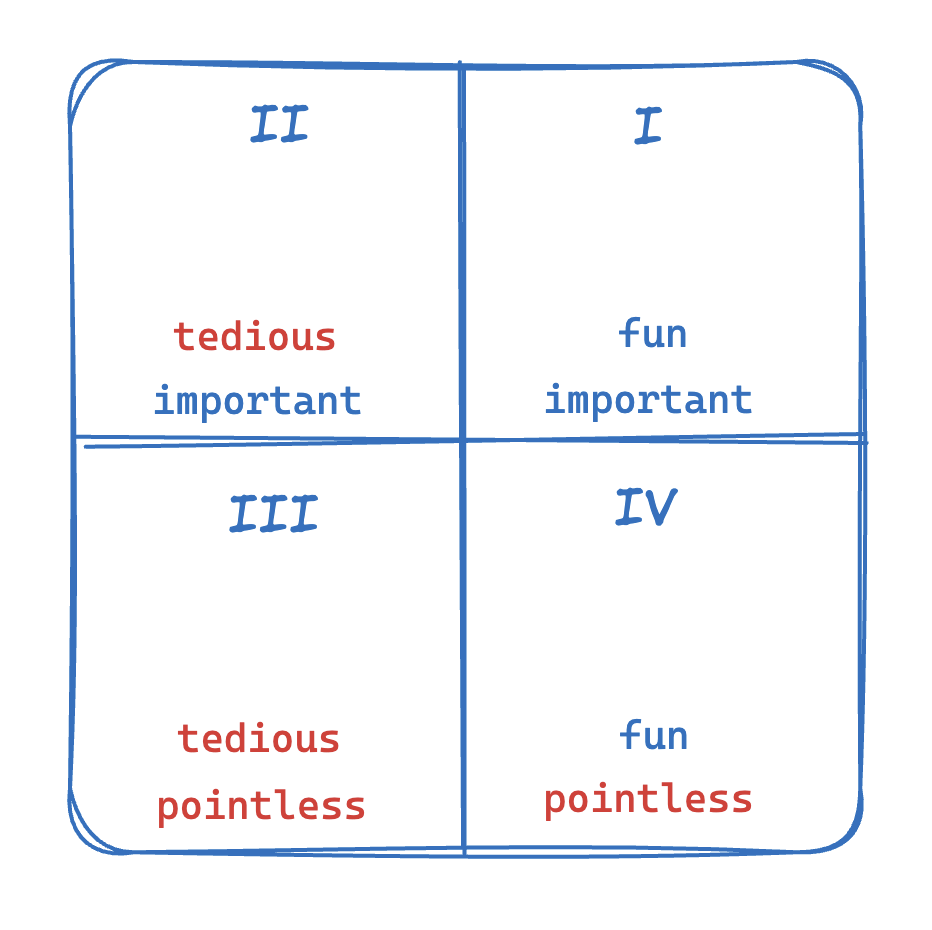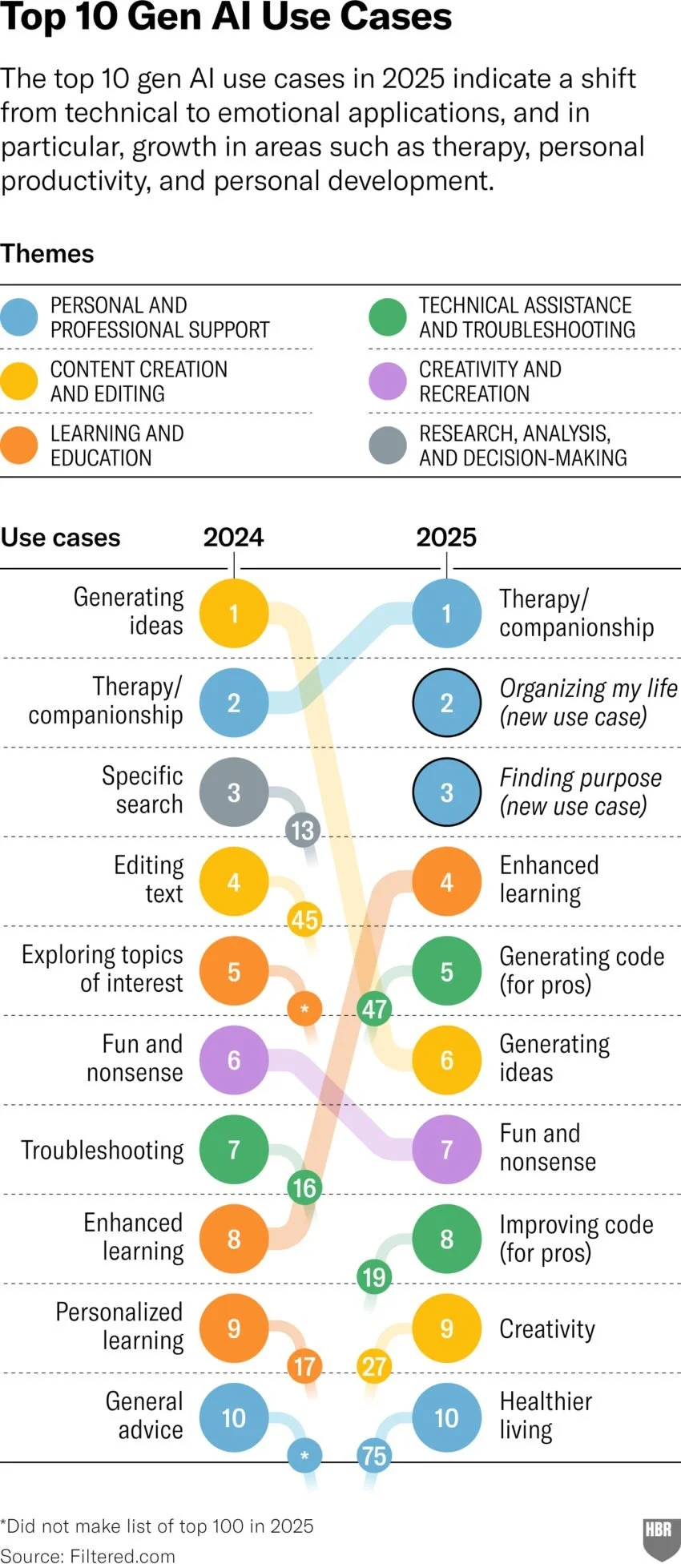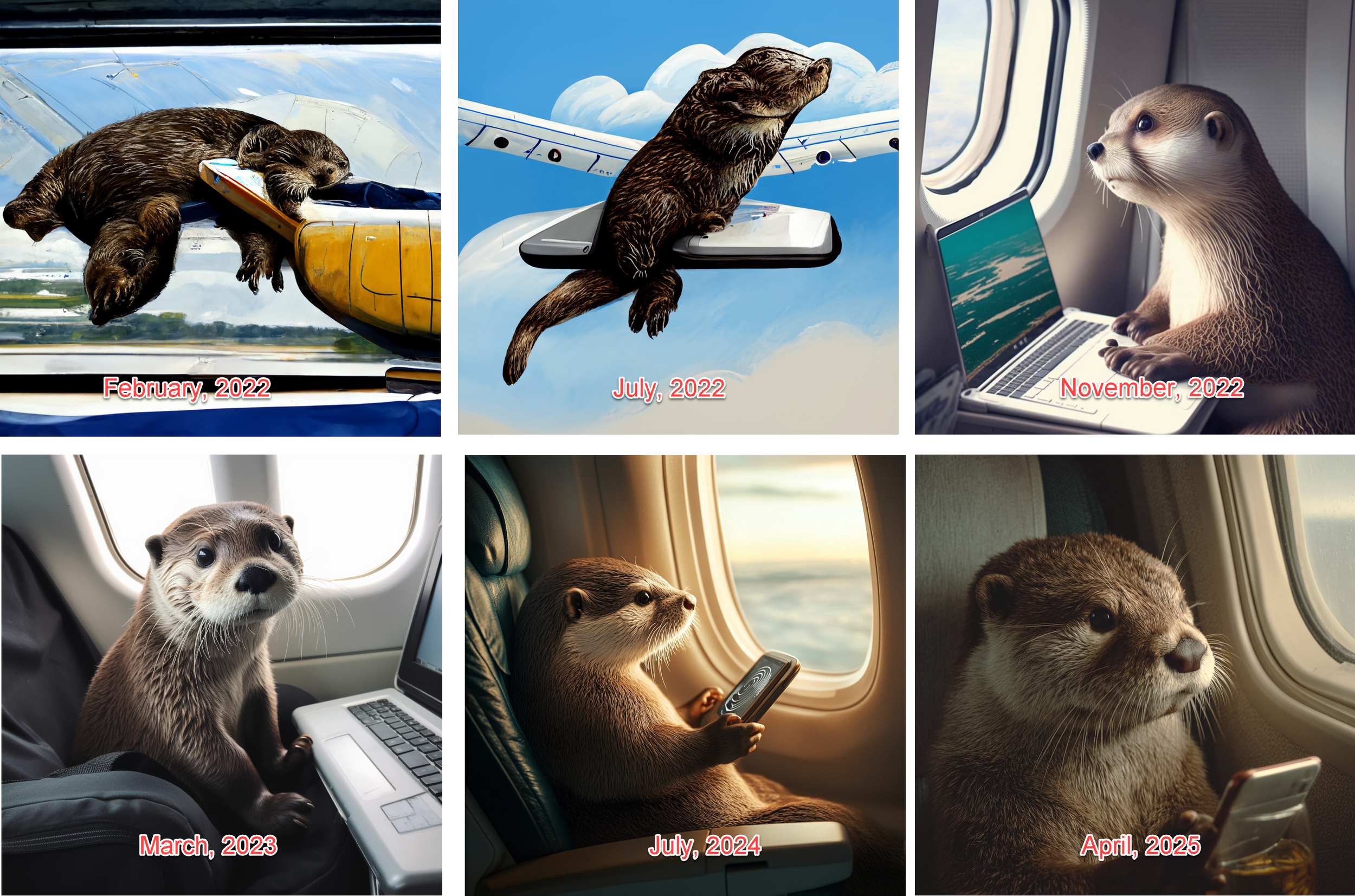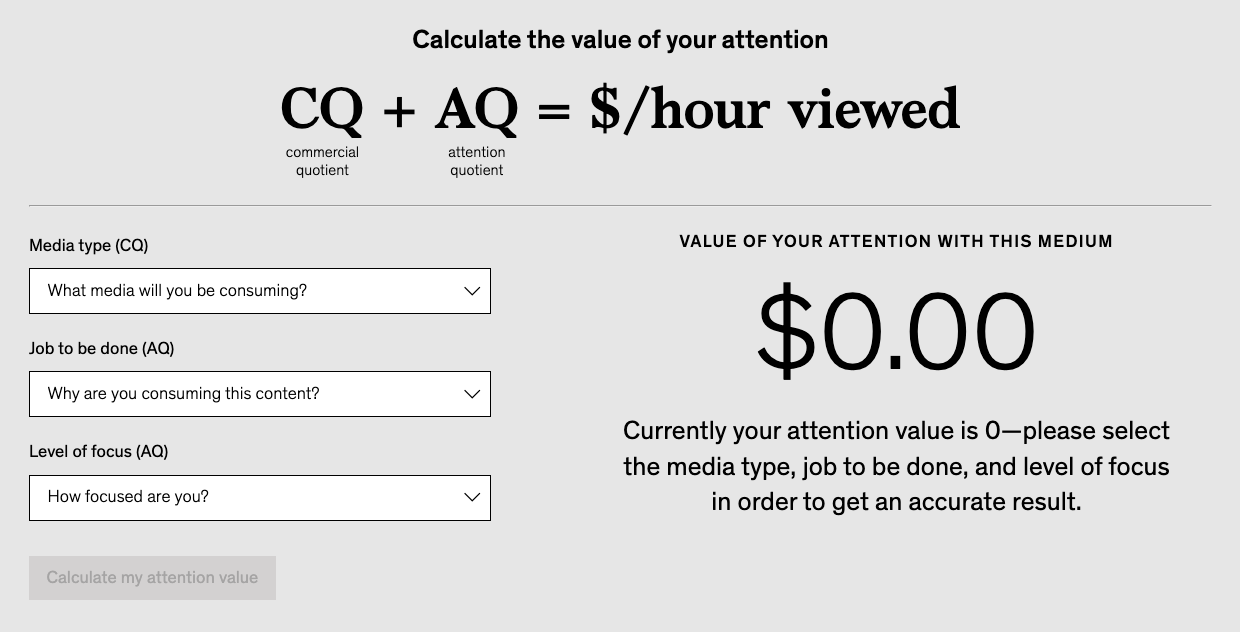It’s easy to get swept up in negative headlines about AI replacing jobs. Recent announcements from companies like Amazon, Shopify, and Duolingo about cutting roles have only added to that narrative. But as someone spends time exploring and using these tools, I can’t help but be more positive. AI is creating new jobs, and more opportunities for growth.
The New York Times recently published a list of 22 emerging roles driven by AI—positions that build on what humans uniquely provide. Of relevance to marketers, many of these new roles focus on providing trust and taste. We’re also seeing the rise of new leadership roles at brands and agencies like the Chief AI Officer (or the buzzworthy ‘CAIO’ title), to apply AI horizontally across a business. As Ethan Mollick suggests, the challenge isn’t just technical—it’s organizational. The real competitive edge will go to the companies that learn and adapt the fastest.
On a personal level, I’ve found a couple of simple frameworks helpful in thinking about my own AI use. Thomas Ptacek offers a 2x2 model that helps clarify when it makes sense to delegate repetitive or low-value tasks to AI.
Mike Whitaker presents a useful equation to help assess whether outsourcing a task to AI is worth it, by considering what you are losing by not doing the work yourself. I’ll be testing this line with my three high schoolers who regularly use ChatGPT – wish me luck.
AI + Work
AI use is growing fast—especially at work. A recent Gallup study shows that workplace use of AI has nearly doubled in just two years, jumping from 21% to 40%. However, many employees still lack clear guidelines from their employers. How people use AI is also shifting. HBR reports emotional support (like therapy or companionship) is now the top use case—and content creation remains popular.
The rise on GenAI content creation is impacting the film and TV industry, but its use is apparently often hidden. Some professionals “launder” AI work by having people rework it to appear fully human-made. Political cartoonists are also grappling with how to use AI without losing their unique voice—“I don’t want to outsource my brain.”
To illustrate how fast generative AI has evolved, Ethan Mollick tracked the progress of GenAI tools using a single, repeated prompt—an otter on a plane using Wi-Fi. He shared 23 images and videos that show incredible progress over time.
Fresh Reports
2025 AI Jobs Barometer (PWC): Research on the impact of AI in the job market. On average, the wages of workers with AI skills are 56% higher. Keep reading these emails y’all!
The Effectiveness Equation Report (Google): Helpful educational piece on how marketers can better plan media and measure impact. It has an interesting section on how to work with your finance team to have a shared understanding of measurement.
The Attention Equation (McKinsey): If you’re a media planner, review this report before your client asks you about it. It includes an interactive calculator that estimates the value of different interactions and mediums, trying to calculate the quality of the attention vs. quantity.
Cool Beans
LEGOGPT: Researchers at Carnegie Mellon have developed a generative AI model that can take a simple text prompt and figure out exactly which Lego pieces are needed—and how to put them together to build it. Can we please just leave Lego alone?
Gemini + Glasses: Google showcased a demo of AndroidXR, its platform for powering headsets and smart glasses. The demo highlighted real-time features such as language translation and location-based information displayed directly in the user’s view.
Forehead E-Tattoo: There’s a greater chance that I have typed those two words together before than me trying on this new device that measures “optimal mental workload”.
